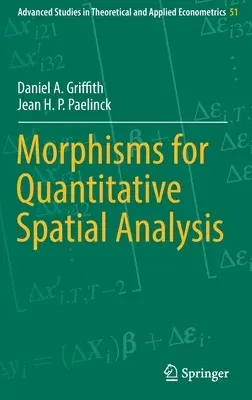Daniel A Griffith
(Author)Morphisms for Quantitative Spatial Analysis (2018)Hardcover - 2018, 15 March 2018

Qty
1
Turbo
Ships in 2 - 3 days
In Stock
Free Delivery
Cash on Delivery
15 Days
Free Returns
Secure Checkout

Part of Series
Advanced Studies in Theoretical and Applied Econometrics
Print Length
258 pages
Language
English
Publisher
Springer
Date Published
15 Mar 2018
ISBN-10
3319725521
ISBN-13
9783319725529
Description
Product Details
Book Edition:
2018
Book Format:
Hardcover
Country of Origin:
NL
Date Published:
15 March 2018
Dimensions:
23.85 x
16.54 x
2.11 cm
ISBN-10:
3319725521
ISBN-13:
9783319725529
Language:
English
Location:
Cham
Pages:
258
Publisher:
Weight:
548.85 gm